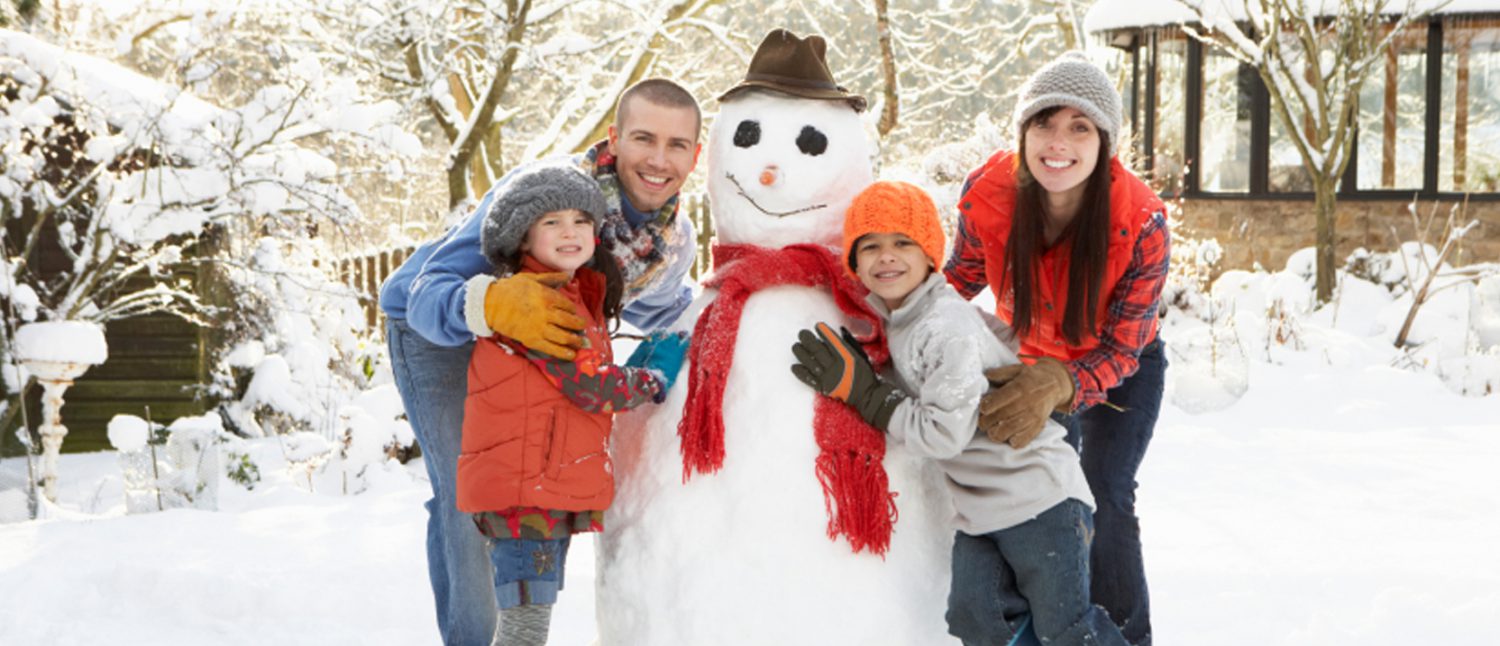Adapted from several online resources, including ArtsWork.
When many of us picture ourselves dancing, we think of movements inside a small box (prom-style)–or moving side-to-side with small arm movements close to our bodies. And even for kids that have attended dance classes, many think of dance as repeating movements and patterns that the teacher asks them to perform.
 However, when we think of the dances that truly evoke emotion in the audience (So-You-Think-You-Can-Dance-style), they use several key components to speak through movement.
However, when we think of the dances that truly evoke emotion in the audience (So-You-Think-You-Can-Dance-style), they use several key components to speak through movement.
By introducing your children to the overarching vocabulary of dance in a safe space at home, you’ll be giving them a new language to express emotion and identity…even if they don’t know the specific terms for the movements they make. In other words, you won’t just get their heart rates UP–you’ll help them get what’s in their hearts OUT in a new way.
Dance “speaks” through:
SPACE: Does what your feeling make you want to make BIG movements or small movements? What direction do you want to move? (backward? sideways?) Do you want to move in a straight line or in a zig zag? What level do you want to keep your body? (Close to the ground? Reaching up toward the sky?)
TIME: How fast do you want to move? Do you want to move with the beat or hold some positions longer and make other movements more quickly? Do you want to stay still for some of the music?
ENERGY: Do you feel heavy or light during your dance? Do you want to move smoothly or use rougher movements? Is your body loose like a noodle or jiggly like jello?
BODY: are you moving just parts of your body or the whole thing? Are you moving one side of your body at a time or are both sides mirror images of each other? (e.g. both arms going up and down at the same time)
MOVEMENT: Are you walking? Jumping? Skipping? Rolling? Bending? Twisting? Melting? Spinning?
Extra Credit:
If your child really takes to this activity, getting them into dance classes can expand their dance vocabulary further into RELATIONSHIPS, FORM and STYLE.
Enhances Intrapersonal and Musical Awareness through Kinesthetic Lens

